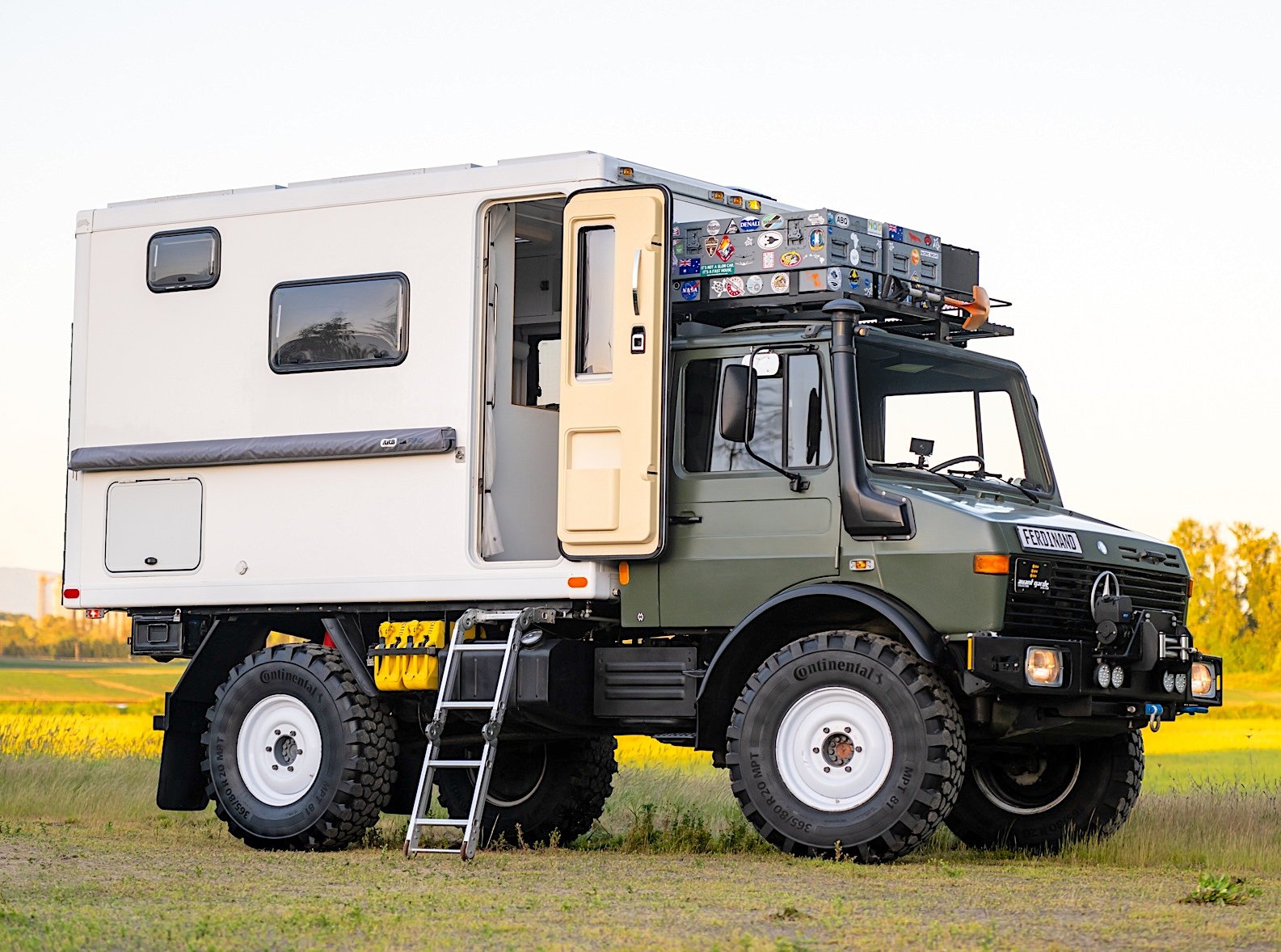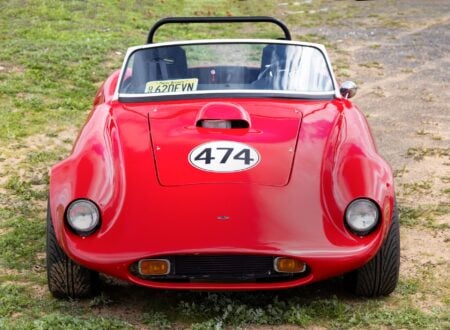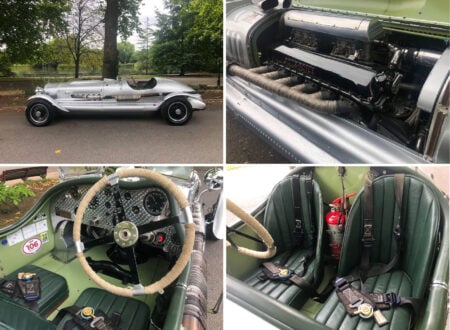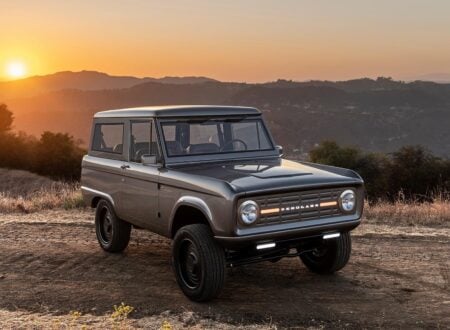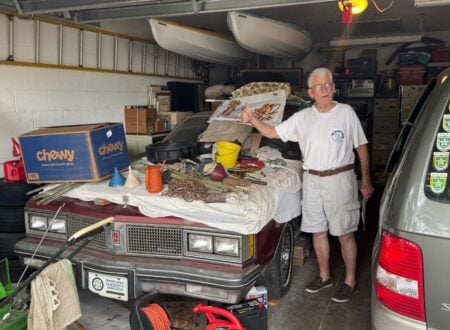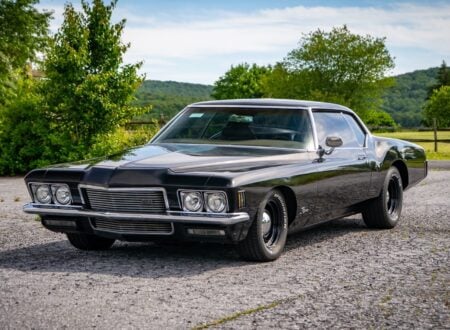This is a Unimog camper that was built by Wabi-sabi Overland as an expedition vehicle for their five month Alaska/Canada arctic adventure. They covered 12,000 miles, and the vehicle has a series of features designed to make it ideal for cold-climate use.
Unimog campers like this are close to the perfect expedition vehicle for many, offering unparalleled off road ability and many of the conveniences of home. This one has a shower and toilet, a double bed, a kitchenette, dinette, and more, ensuring a comfortable life even when off the grid.
Fast Facts – A Wabi-sabi Overland Unimog Camper
- This is the Wabi-sabi Overland Unimog camper, it was built for a five-month, 12,000 mile Alaska/Canada arctic adventure, and it features a series of modifications for cold climates. This Unimog provides unparalleled off-road capabilities and includes key amenities like a shower, toilet, double bed, kitchenette, and dinette for comfortable off-grid living.
- The Unimog, developed post-WWII in Germany and acquired by Daimler-Benz in 1951, is renowned for its off-road prowess. It features portal axles for ground clearance, coil springs, a flexible frame, and a cab-forward design for optimal visibility. Initially designed for agricultural use, Unimogs are now used globally by militaries, governments, various industries, and civilian adventurers.
- Engineers Yvonne and Michael of Wabi-sabi Overland started converting the Unimog in 2017, finishing in 2019. Their build includes double glazed windows, a diesel air heater, an engine block pre-heater, a 600 Watt solar array, lithium batteries, and a water filtration system. The interior includes everything you need for prolonged journeys in remote areas, or simply a weekend down by the lake.
- The Unimog, powered by a 6.0 liter OM366A turbodiesel engine averaging 10.7 mpg, is now for sale on Bring a Trailer. It includes recent service records, manuals, a clean Carfax report, and a Montana title. Yvonne and Michael document their travels on Instagram and provide a detailed build log on their website.
The Incredible Unimog
There are few (if any) off road vehicles as capable as the Unimog when the going gets tough, and as a result they’ve been used by various major militaries, as well as everyone from forest rangers and oil exploration companies, to search and rescue operators, and civilian adventurers.
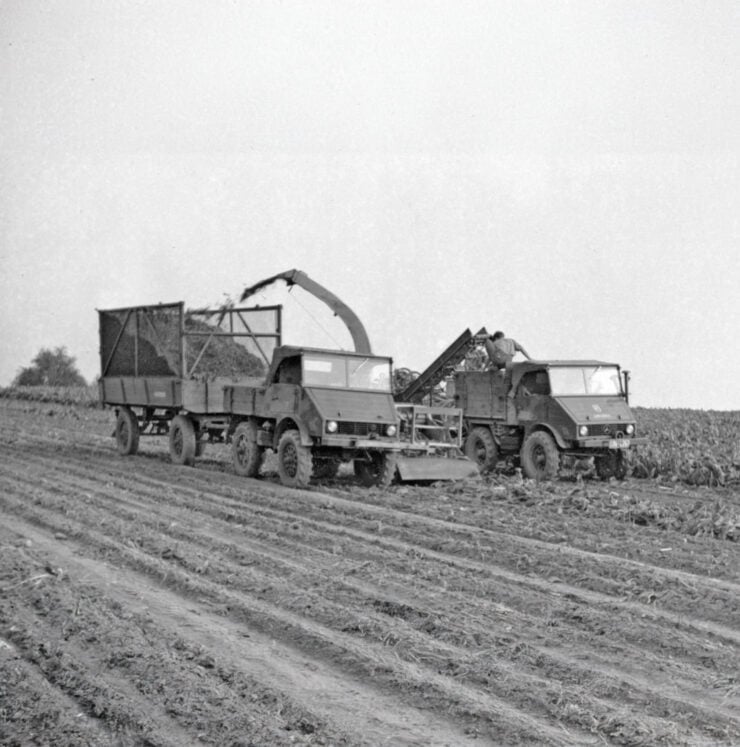

The story of how the Unimog came to be is fascinating, and it parallels the creation of a number of other post-WWII four-wheel drives like the Land Rover, Jeep CJ series, Land Cruiser, and more. The Unimog was developed in Germany starting in 1946 and it was released in 1948 as a vehicle that could be used by farmers as a tractor, a truck, and a simple automobile.
The width between the wheels was calculated to be exactly the same as two rows of potatoes planted in a field, so the vehicle could be used for standard tractor duties – it even came with a PTO (power take-off) for operating farm machinery.
In 1951 Daimler-Benz would take over, and from that time on the vehicle became known as the Mercedes-Benz Unimog, and a series of new models would follow – all of which were careful to follow in the footsteps of the originals.
All Unimogs have a number of common characteristics including portal axles which raise the differentials and ensure excellent ground clearance. They also have coil springs rather than leaf springs, a forward positioned cab with a snub nose, and an unusual flexible frame that is part of the suspension, allowing increased articulation.
No other off road production vehicle has ever incorporated all of these same features, and in the almost 80 years since the Unimog debuted it’s remained remarkably unique.
Daimler-Benz has developed multiple generations of Unimogs, all starting with a model name that begins with “4.” Some notable models are the Unimog 401, 411, 408, and the current production models including the 437 and the 405.
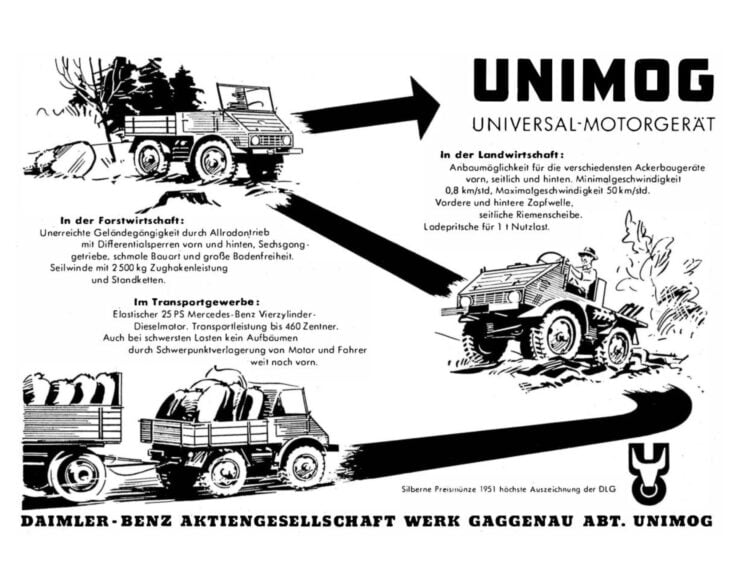

Most Unimogs are bought by military, government, or industry clients however many find their way into civilian hands in later years. As a result there is now a thriving global community of Unimog enthusiasts right around the world in places as far apart as Australia, Canada, Europe, the United States, and South Africa.
The Wabi-sabi Overland Unimog Camper Shown Here
Wabi-sabi Overland is a husband and wife team consisting of Yvonne and Michael. Yvonne is an aerospace engineer with a passion for writing, editing, adventure, and quilting. Michael is also an engineer who is also a wildlife photographer with a love for travel.
Yvonne and Michael built this Unimog into a camper starting in 2017, with the project finishing in 2019 before they embarked on their trip north. Due to the fact that they were heading north of the arctic circle they integrated a series of cold weather modifications including double glazed windows, a Planar 2D diesel air heater, and a Webasto engine block pre-heater.
The camper conversion was thorough by anyone’s standards, with the camper section on the rear now including everything you need for a comfortable life off the grid including a kitchenette, dinette, a double bed, a bathroom with a toilet and shower, a 600 Watt solar array on the roof, 300 amp-hours worth of Battleborn lithium iron phosphate batteries, a General Ecology water filtration system, and plenty of storage space.
Importantly, there is access from the front cab into the camper section in the rear, removing the need to go outside when the weather forbids it. Access to the camper from the outside is by folding aluminum ladder and there’s an additional ladder on the rear, along with Marston Mat sand ladders, and a spare wheel.
Power is provided by the correct 6.0 liter OM366A turbodiesel inline-six cylinder engine which sends power back through an 8-speed manual transmission and a dual-range transfer case. Power can be sent to only the rear wheels for road use or all four wheels for off road use, and this engine has been improved with an upgraded fuel primer pump and a tuned injection pump.
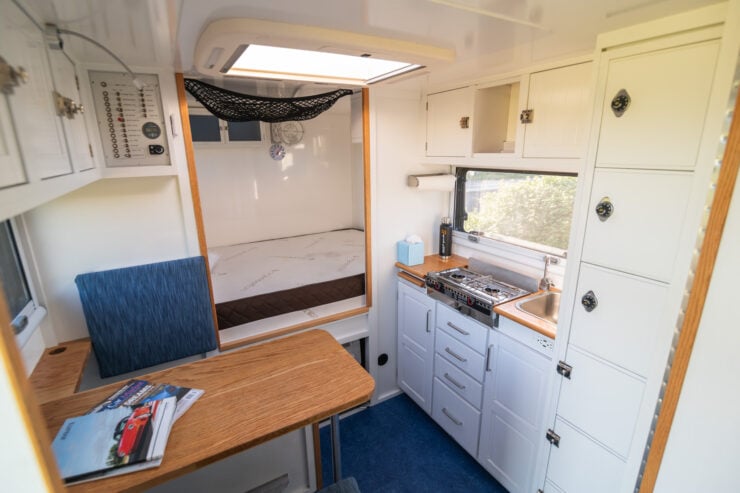

Yvonne and Michael of Wabi-sabi Overland document their adventures on Instagram, if you’d like to follow them you can visit the account here. The Unimog is now bring offered for sale, and if you would like to see their build log of the vehicle you can visit their website here.
The Unimog is being offered for sale on Bring a Trailer out of Portland, Oregon with recent service records, owner’s manuals, a clean Carfax report, and a Montana title. If you’d like to read more about it or register to bid you can visit the listing here.
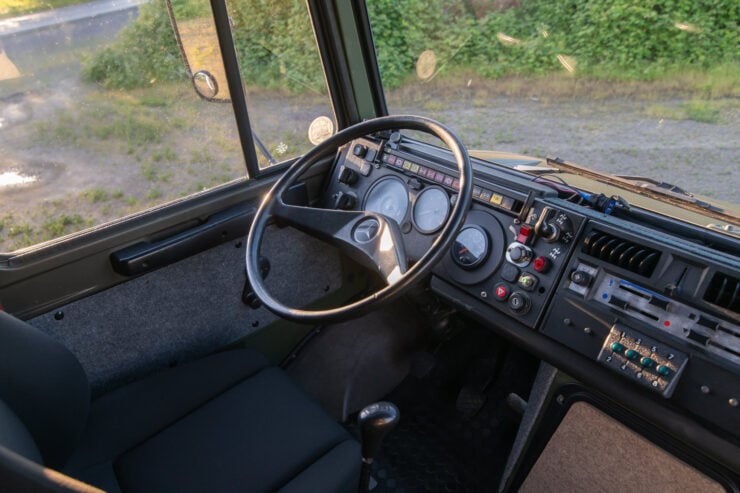
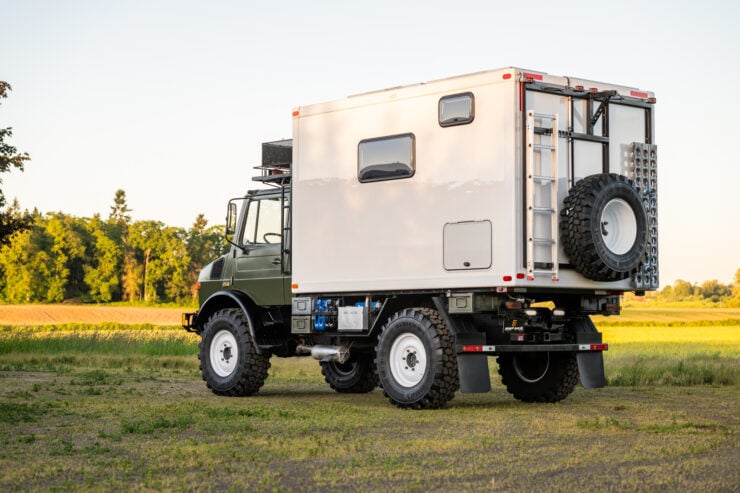
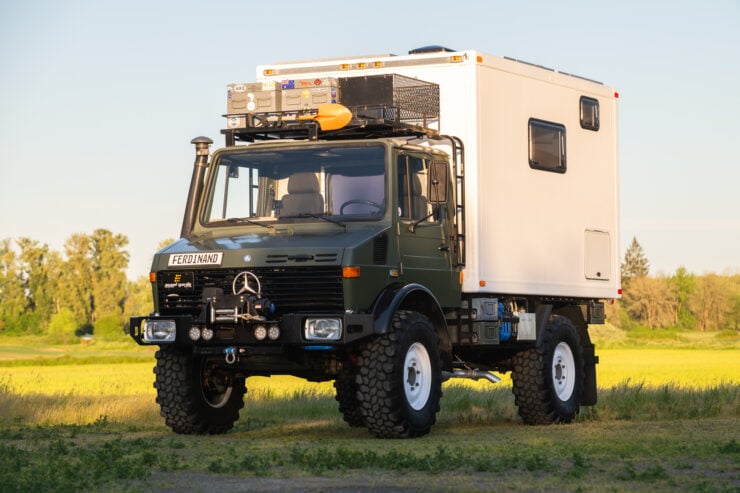
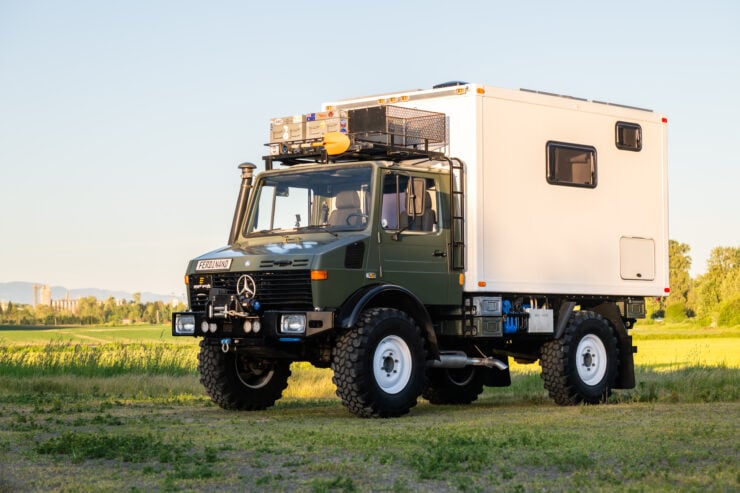
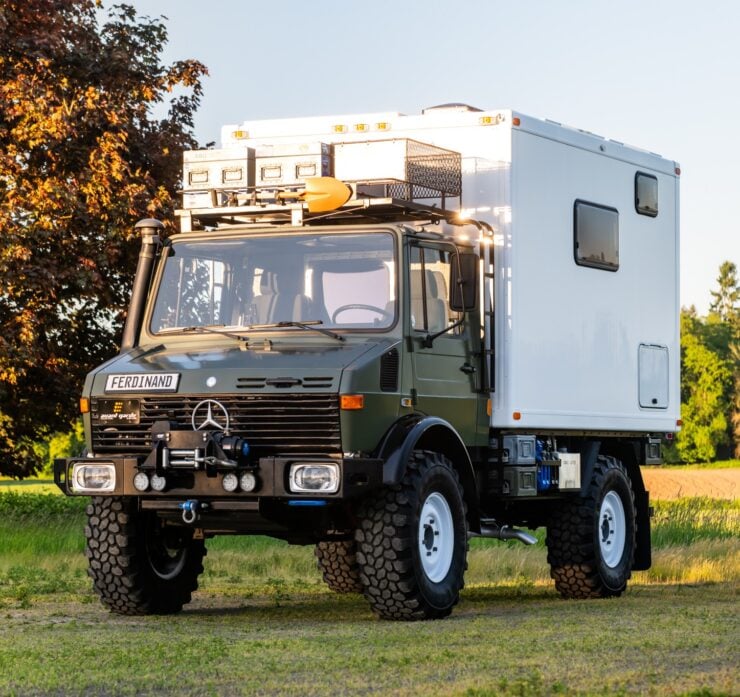
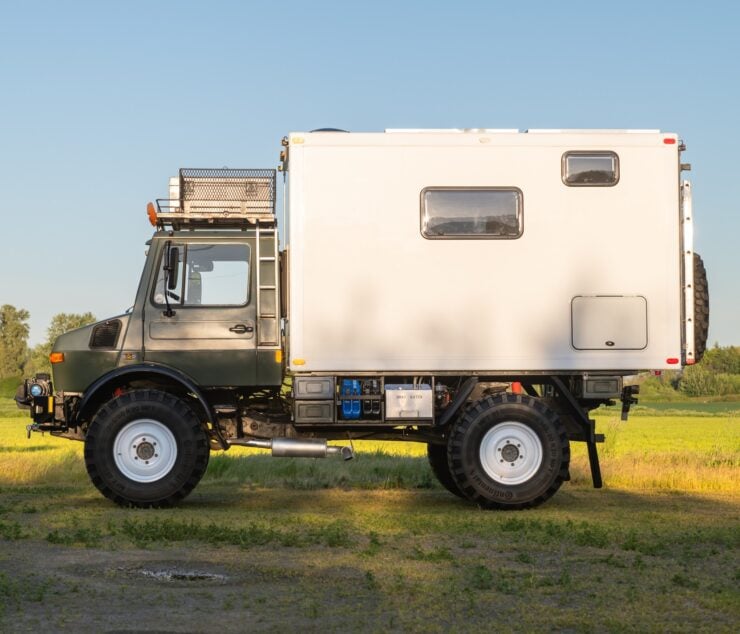
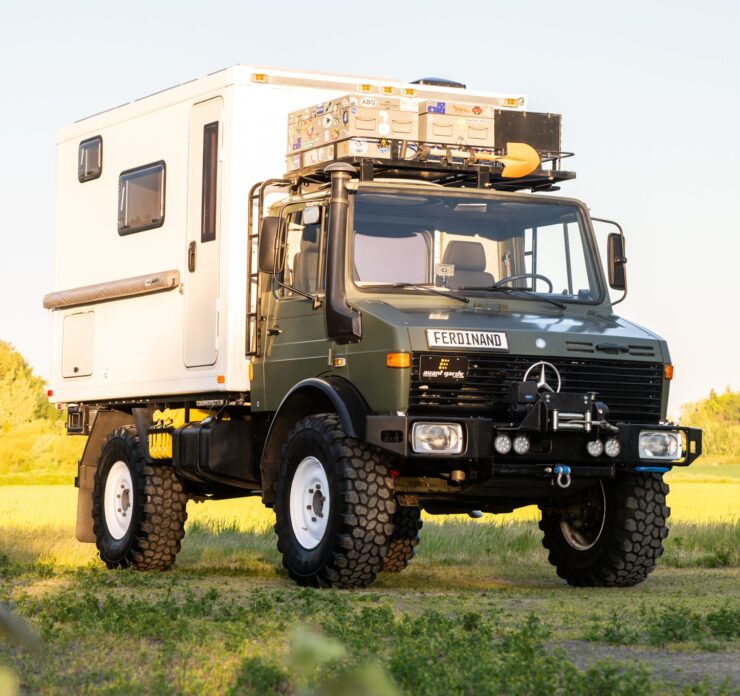

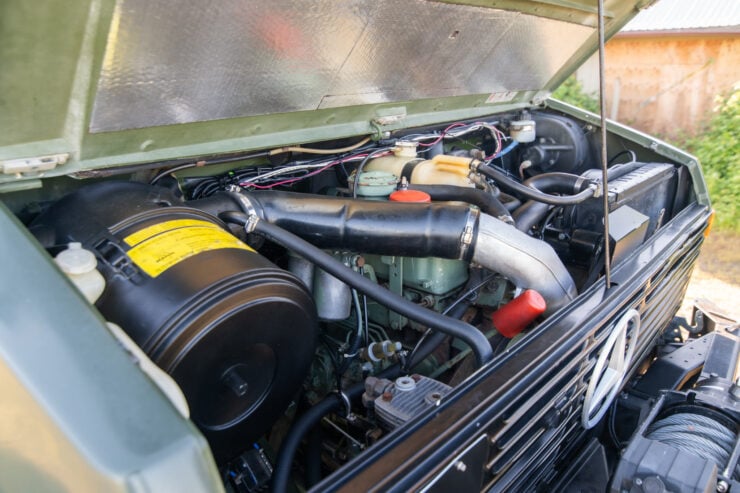
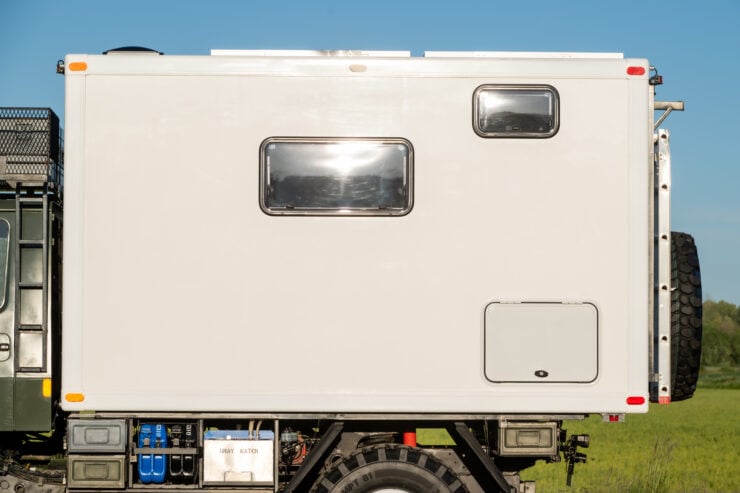
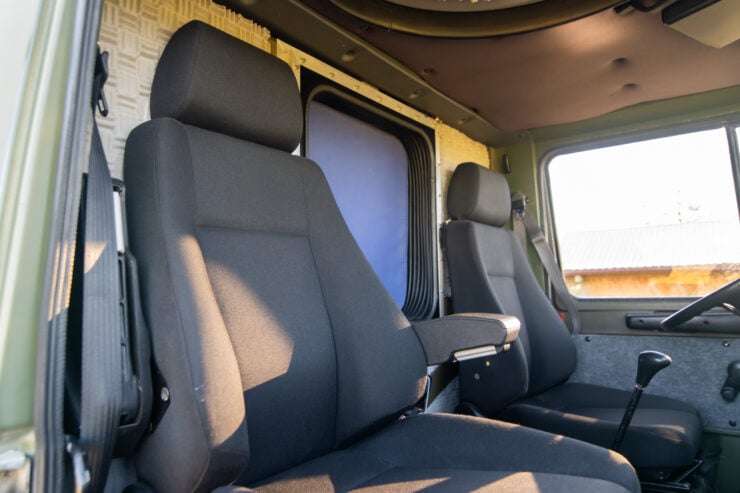
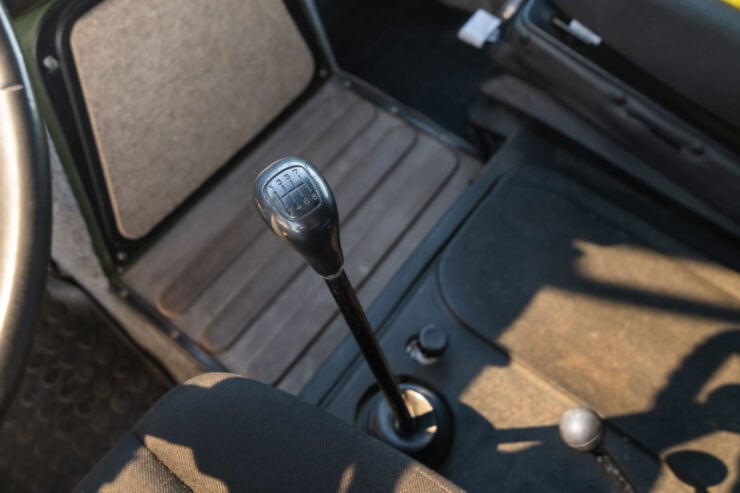
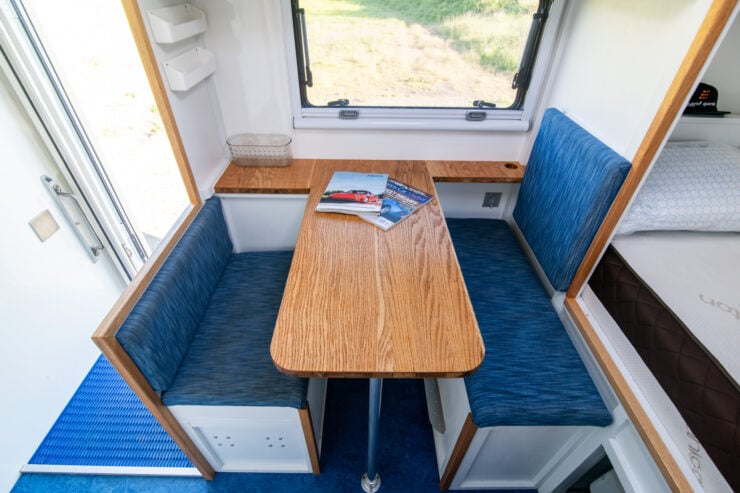
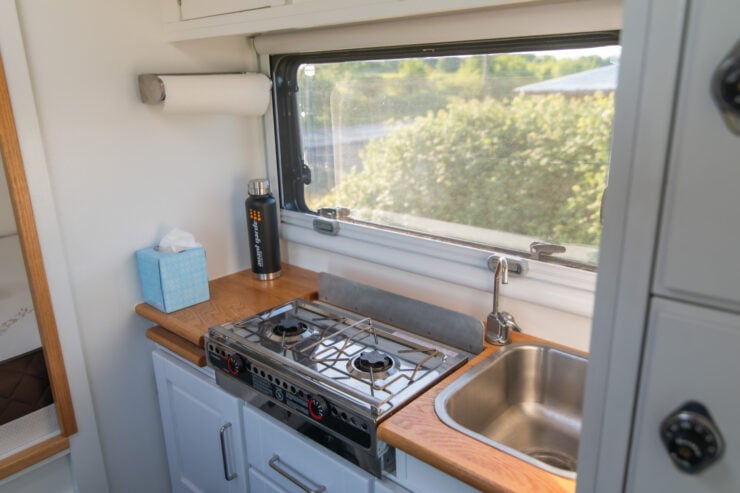
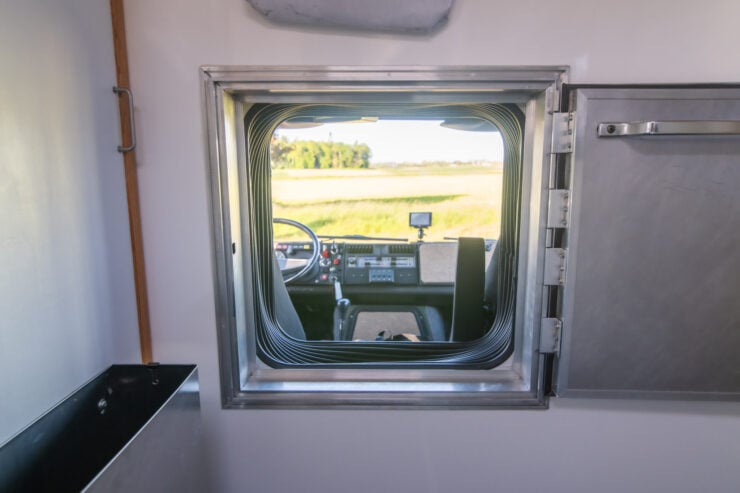

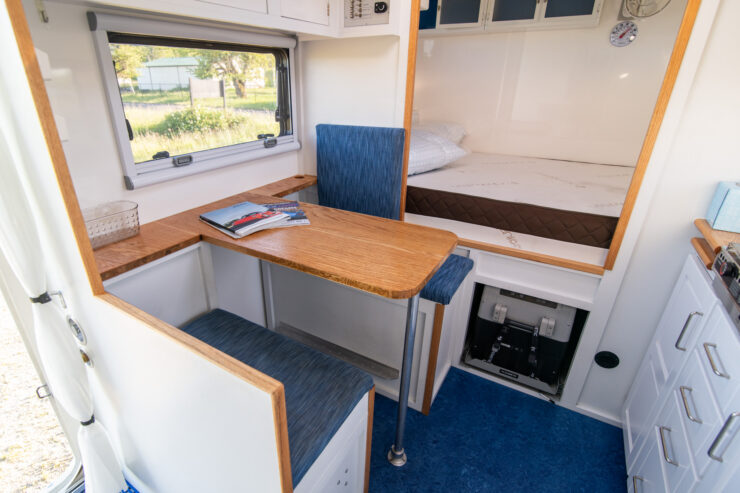
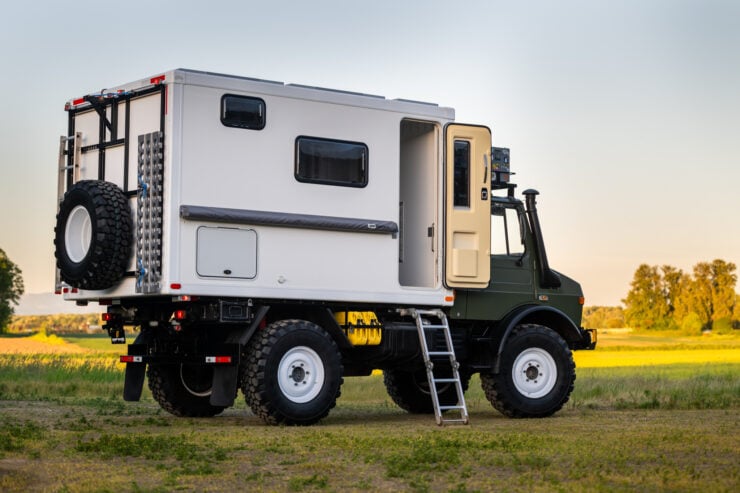
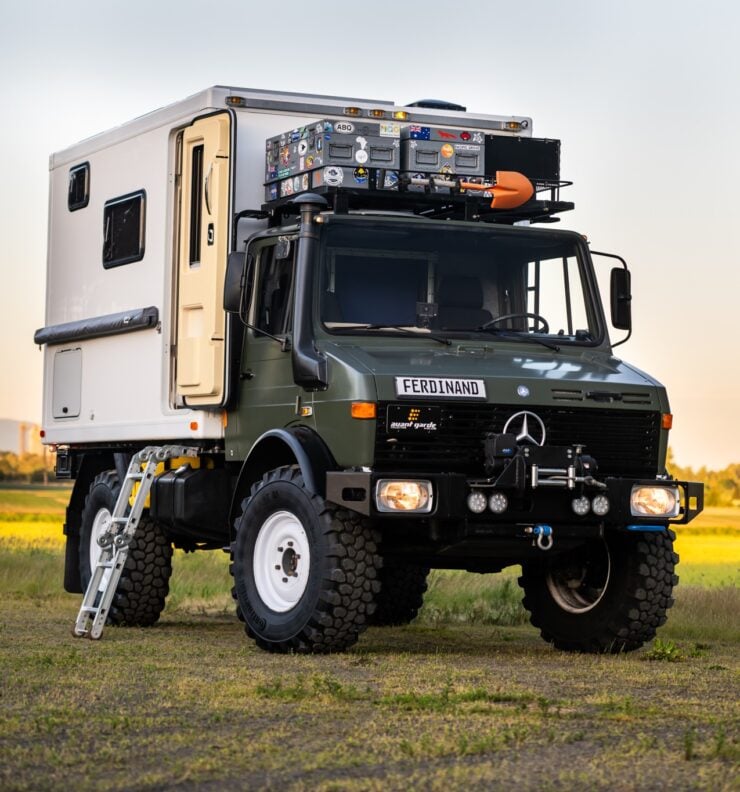
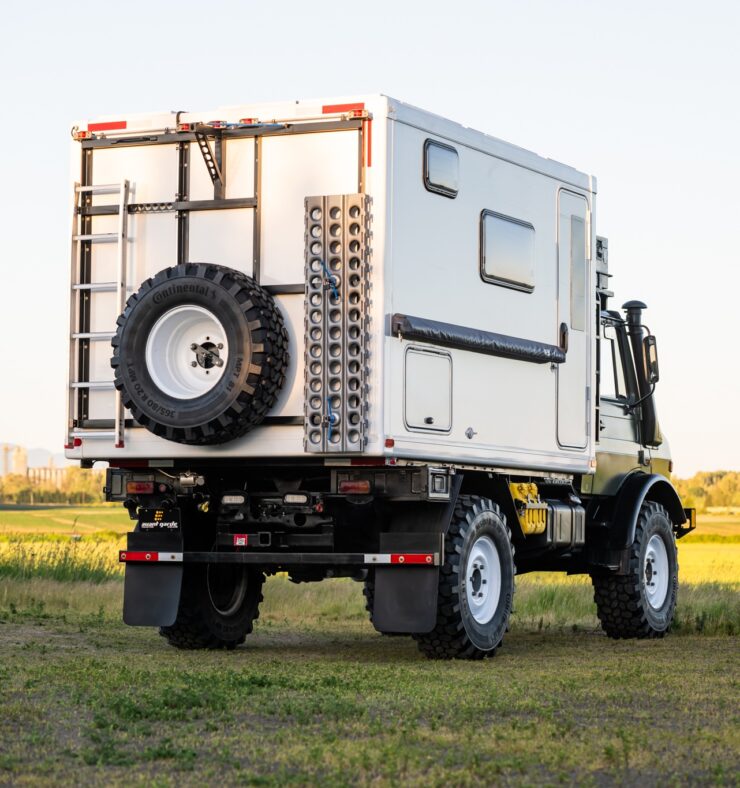
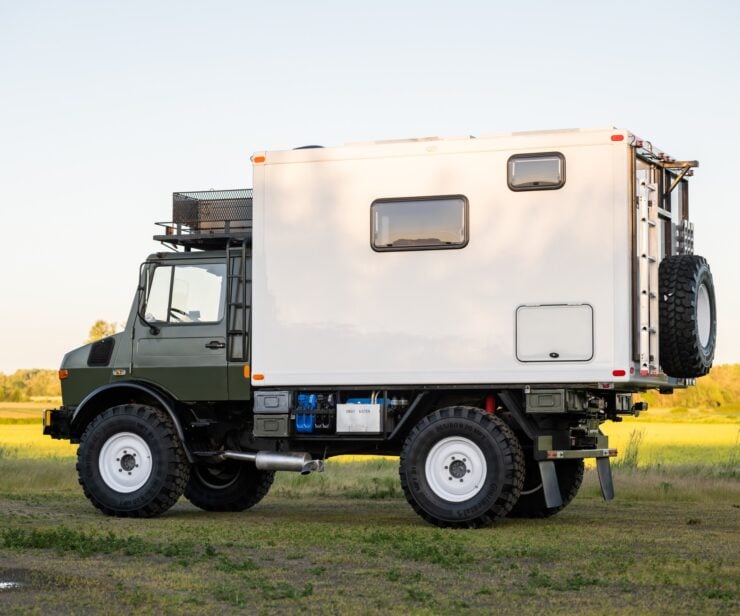
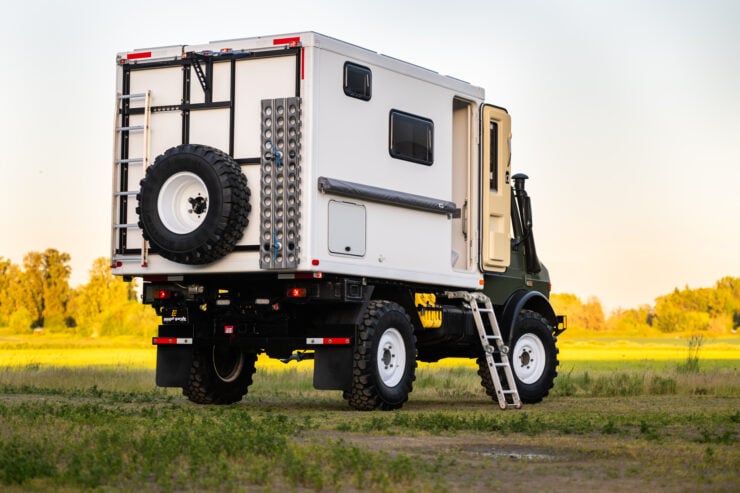

Images courtesy of Bring a Trailer

